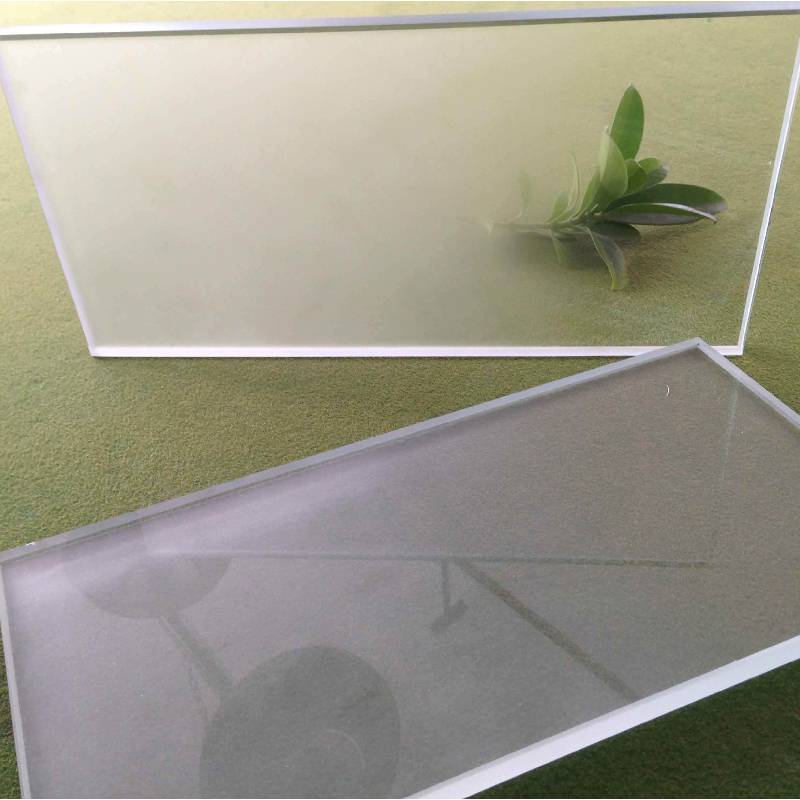

Understanding Double Low-E Glass Enhancing Energy Efficiency in Modern Architecture
In recent years, the demand for energy-efficient buildings has skyrocketed, pushing architects and builders to explore innovative materials and technologies. One such remarkable advancement is the double low-emissivity (low-E) glass. This specialized type of glazing is changing the way we perceive energy efficiency, comfort, and aesthetics in both residential and commercial constructions.
What Is Double Low-E Glass?
Double low-E glass refers to a type of glass that has been treated with a low-emissivity coating on both surfaces, within an insulated glass unit (IGU). This sophisticated glass technology is designed to minimize the amount of infrared and ultraviolet light that can pass through it, while still allowing visible light to enter. The low-E coating achieves this effect by reflecting heat back into the building during winter, thereby improving indoor comfort and reducing heating costs. Conversely, during summer, the glass blocks heat from the sun, helping to keep interiors cooler.
The Science Behind Low-E Coatings
Low-E coatings are made from metallic oxides that are applied in thin layers. These coatings can be either passive or solar control, depending on the intended use. Passive low-E coatings are optimized to retain heat in the winter, making them ideal for colder climates, while solar control coatings are designed to reflect the sun's heat, making them more suitable for warmer regions. By incorporating these coatings into double glazing, manufacturers enhance the overall thermal performance of the window units.
Energy Efficiency and Cost Savings
One of the most significant advantages of double low-E glass is its ability to dramatically reduce energy consumption. Buildings equipped with this type of glazing can achieve substantial savings on heating and cooling costs. According to studies, these windows can decrease overall energy use by up to 30-50% compared to traditional glazing solutions. As a result, not only do homeowners save money, but they also contribute to environmental sustainability by reducing their carbon footprint.

Comfort and Aesthetic Appeal
Beyond energy savings, double low-E glass offers an enhanced level of comfort. The improved thermal insulation helps maintain a consistent indoor temperature, reducing drafts and cold spots. Additionally, the ability to manage glare and UV exposure contributes to better overall indoor quality. Residents can enjoy natural light without the harmful effects of UV radiation, which can cause fading of furniture and flooring.
Moreover, double low-E glass does not compromise aesthetics. It is available in various styles and can be incorporated into various frame materials, allowing architects and designers to maintain the beauty of their designs while enhancing functionality.
Regulatory Compliance and Certifications
Many building codes and standards are evolving to encourage or require the use of energy-efficient materials. Double low-E glass often meets or exceeds these codes, making it a savvy and compliant choice for builders. Certifications such as ENERGY STAR help consumers identify products that are verified for energy efficiency, ensuring that they make informed choices when investing in their homes or buildings.
Conclusion
In conclusion, double low-E glass represents a significant leap forward in glazing technology, offering unparalleled energy efficiency, cost savings, and comfort without sacrificing aesthetics. As global awareness of energy consumption and sustainability grows, the role of advanced materials like double low-E glass in architecture will continue to expand. Investing in this innovative solution is not just a financial decision; it is a commitment to a sustainable future where buildings are not only places to live and work but also environmentally responsible structures that promote well-being and longevity. In an era where every little choice impacts our planet, choosing double low-E glass could be one of the most beneficial decisions for homeowners and builders alike.